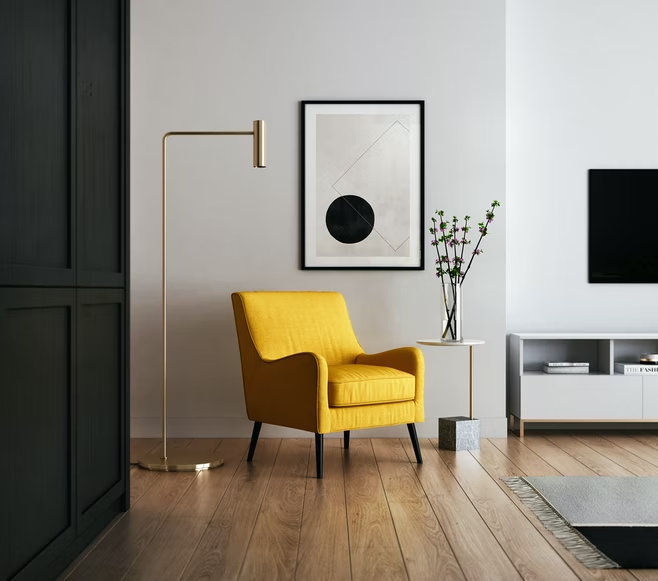When you’re looking for cost-friendly flooring options for your house or apartment in Hawaii, vinyl and laminate are the most popular options you’ll come across.
These two options of flooring have a lot in common; some distinctions are crucial to consider when determining a better option for your dwelling. If you’re unsure whether vinyl or laminate is right for you, use our comparison guide that will be useful to make the right choice.

After all, building a home, you should make long-term investments. So, keep reading to make the proper choice and avoid the need to change the flooring in a couple of years.
If you live in Hawaii and are considering luxury vinyl plank flooring, it is worth starting with the comparison of the material of the vinyl plank flooring and laminate.
Let’s start with the first one. This flooring type is completely produced from plastic. This material provides it with excellent water resistance. If the water stays on the floor for even a long time, it will not destroy the surface.
Read Also:
Its water resistance turns it into a great option for such rooms as the kitchen and bathroom, where there is a greater chance of spillage.
For instance, wood plastic polymer vinyl is waterproof due to its components:
It can be chosen for places with a high level of moisture. Another waterproof flooring option is stone plastic (SPC) vinyl, which is made from natural polyvinyl chloride, limestone powder, and a stabilizer. It might be also installed as a floating floor.
Paying attention to the effects of moisture, vinyl is the clear winner. It also has a longer life and overall durability. However, don’t forget to consider your budget; vinyl can be more costly than laminate, especially if you opt for the high-end option.
Historically, vinyl was not considered very aesthetic. However, now it has a long list of options when it comes to design and style; you can even select vinyl flooring that mimics the look of stone, tile, and even wood.
So, if you have come across an opinion that vinyl flooring has fewer options in terms of design, ignore it — this is no longer relevant.
Laminate is synthetic; this product mimics the hardwood’s look. It might have the appearance of real wood flooring, making it an often choice among those who like the style but are not ready to invest a lot in flooring.
Compared to vinyl, laminate does not perform as well as vinyl does in terms of moisture resistance. Some laminate types have moisture-resistant properties, but still, this material is not waterproof and will be destroyed if water is left for a long time.
One of the main advantages of laminate is its comfortable feeling underfoot. One may not consider this feature important, but the feel under your feet can influence whether you like walking on the floor.
Laminate composition is thicker, and the wood content in it helps this flooring to be slightly soft. Most types of vinyl tend to be stiff, so it’s not the most suitable option for bedrooms.
Laminate does not serve for as long a time as vinyl. In the majority of cases, it needs to be replaced 10 years after installation. The advantage is that the initial investment in laminate is lower.
If you’re on a budget, laminate flooring can give your room a fresh look for less money.
Here are some other criteria that you should pay attention to while making a choice:
Vinyl is a good flooring option when you need waterproofing, longevity, and durability. And laminate is better if you are looking for lower costs and a comfy feeling underfoot.
They have also got some similarities:
We hope these tips have helped you weigh the benefits and flaws of these both flooring options and would allow you to make a well-informed choice that can help you improve the look of your dwelling and will not make you spend too much.